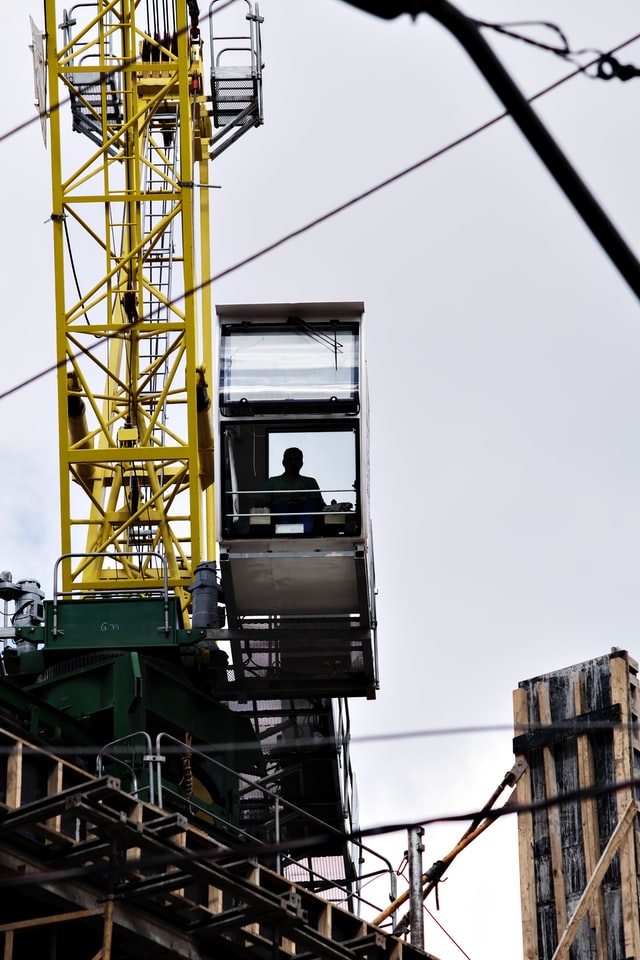Are you waiting for estimates on a construction project? Trusting your estimator and knowing they have made an accurate costing is imperative. If not, you may end up paying out more than you expected or succumbing to losses that cannot be recouped.
However, estimating is not an exact science. Many prices can fluctuate, and even the best may miss something. Below, we give our guide to the things an estimator may miss and how these errors can be prevented.
Labor Is Difficult to Cost
No estimator is going to tell you that they are guessing wildly, though when estimating labor this can often be the case. The cost of labor is difficult to predict, and as it is often the biggest expenditure on a project, you can expect extra costs to transfer to you.
The reason for this is that there are a huge number of variables to consider when estimating labor. This can include the number of workers needed for a project (which may change as the project continues). Each of these has a variable rate of pay, level of experience, and differing levels of productivity.
When getting different estimates, be honest with the estimator. Ask them what type of labor they have budgeted for.
For high labor costs, you will attract more experienced workers with more productivity. Low labor costs will be cheaper but will have a lower level of experience and productivity.

Estimator Risks
A risk assessment is part of any construction project. However, the level of depth and planning assigned to it can vary. When it comes to risk assessment, you should be looking for a bid that has comprehensively assessed all risk, and budgeted for a number of contingencies.
If you do not have these contingency plans, when things go wrong, they will go extremely wrong. If a project is a high risk, then this should reflect in the estimate given. Losses that occur because of this will be difficult to recoup.
These estimates can be complicated to assess if you are not able to have multiple people enter bids in a subcontractor analysis. Comparing and contrasting becomes very difficult because of a lack of competition. You can solve this problem by using BidMatrix, which allows multiple bid comparisons whenever you receive a bid.
Moreover, the risk that Excel can bring cannot be overstated. Using Excel means that your estimator can walk out of the door with private formulas and assemblies due its lack of security. Since Excel sheets can easily be distributed or copied, your company’s confidential information could be at risk — even if it’s from a hard drive crash or an employee accidentally hitting the “Delete” button in your company’s shared drive.
Building Construction Materials
Another tough part of being a construction industry estimator is costing materials, as market prices can shift dramatically overnight. The bigger your project, the more that cost can shift up or down. In addition, political shifts and changes can add tariffs and surcharges that were not asked for at the start of the estimate.
An estimator who has the experience and has forged relationships with suppliers will be able to give a more accurate quote. They will have the ability to receive goods at locked prices, negating the damage price changes can cause. This will give you a much more accurate estimate.
These suppliers should also be reliable and be able to supply the goods when asked. If not, this can result in delays, which incurs extra costs. No one wants to be paying a construction staff who have no materials to work with.

Accurate Site Assessments
An accurate site assessment is crucial because no two jobs are ever the same. Even projects similar in size and scale, in indistinguishable areas, can have different costs because of the site. For this reason, you need to see site estimates that are thorough in any construction industry bid.
A site visit allows accurate measurements. It will provide soil samples, so that relevant material, labor, and architectural implications caused by the ground type can be taken into account. Finally, the layout, elevation, and topography will also be assessed.
The placement of the site is important, as you need to know the access available for road vehicles and heavy machinery. Areas for delivery and storage will also need to be assessed. Staging and equipment storage also have to be considered, and if they are not available, the cost of storing elsewhere and transportation must be factored in.
All of these can greatly impact the other costs needed in an estimation. As such, you need to compare the site assessments done by estimators, to see who has been the most thorough. This can be done easily with BidMatrix, allowing you to make comparisons on any bids entered in real-time.
They May Have Missed Something in Takeoff
An estimator takeoff is an initial phase of putting together a bid analysis. It should include the exact quantities for labor, supplies, materials, and equipment.
This needs to be accurate; if not, the cost will later transfer to you. However, an estimator may choose to air on the side of caution to get an initial lower bid and win the contract. You need to be sure that the initial takeoff includes costings for those mentioned previously, and contingency for risk and changes in labor or materials.
This can be hard to do if you do not have systems for bid day that are integrated. BidMatrix can help with this, lining up all of your offers so you can look at all of the bids comparatively.
Make an Educated Choice
Once you have your estimator bids, you can make an educated choice. This should not just be based on the cost they provide, but on the depth of analysis they have provided to you.
BidMatrix was built to use on your next bid and to win more estimates today. Click here to see the benefits that BidMatrix can bring to your next project:
